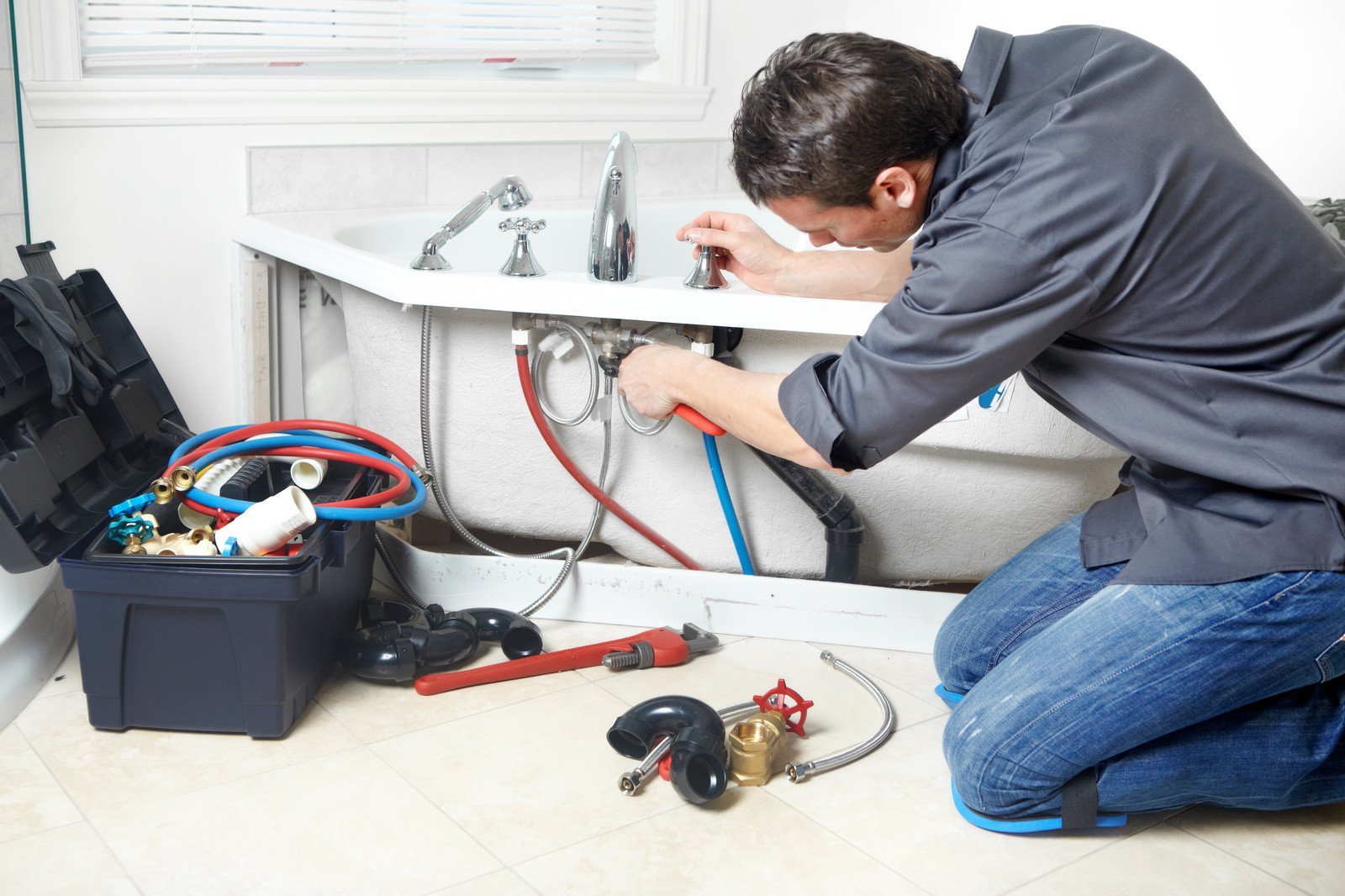Underfloor heating in London is an innovation born after World War II and spread in…
How to Fix a Leaky Faucet: DIY Guide & When to Call a Plumber
A leaky faucet is more than just an annoyance—it’s a constant reminder of wasted water and money. Fortunately, fixing a dripping faucet is often a simple and inexpensive DIY project. This guide will walk you through identifying and repairing various leaky faucets, helping you restore peace of mind in the kitchen and save water. While daunting at first, anyone can tackle this task with patience and guidance.Call a 24 hour plumbing for proffesional assistance.

Common Causes of Faucet Leaks
Before embarking on repairs, it’s important to understand what causes a faucet to drip. Most leaks occur due to worn components within the faucet mechanism. These can include:
• Corroded valve seats: Constant water pressure and flow can cause corrosion, often found in older faucets and those with a high mineral content.
• Deteriorated rubber gaskets or seals: Over time, they can harden and lose effectiveness, causing leaks. Regular checks can help minimize unexpected failures. Loose or damaged O-rings:
These ensure the necessary watertight seal in various faucet components. They can weaken or break due to regular use.
Worn cartridges: Critical to many modern faucets, they can wear out constantly, causing leaks or constant drips.
Identifying the specific cause will help you determine the best course of action for repairs. Addressing these issues promptly can prevent more serious problems and extend the life of your faucet.
Types of Kitchen Faucets
There are four main types of kitchen faucets, each with its own repair procedure:
1.Ball valve: These incorporate a ball inside the faucet body to control water flow.
2.Cartridge valve: These are distinguished by their simple mechanism, making them easier to repair.
3.Ceramic disc valve: Known for their durability and minimal maintenance.
4.Compression valve: Often found in older homes, with separate handles for hot and cold water.
Understanding the type of faucet you have is essential for effective repairs. Each type requires a specific approach, and recognizing these differences will allow you to approach the job with greater confidence.☎️ Call us 24/7 at 02034112027.
Faucet Repair Preparation
Before beginning any repair work, follow these preparatory steps:
1. Turn off the water supply valves under the sink to prevent accidental spills.
2. Cover the drain with a rag or plug to prevent losing small parts during disassembly.
3. Prepare a clean work area to arrange the faucet components in the order they will be removed.
4. Gather tools, ensuring they are in good condition: adjustable wrenches, screwdrivers, and pliers.
5. Keep spare parts, such as gaskets, O-rings, or cartridges, on hand so they can be replaced quickly and without delay.
Taking these precautions will make the repair process smoother and more efficient. A well-prepared work area also minimizes the risk of damaging the faucet or losing integral parts during the repair.
How to Fix a Leaky Faucet Ball Valve
This type of faucet contains many components, which often makes it difficult to pinpoint the source of the leak. You can avoid this hassle by purchasing a replacement kit and installing all new parts.
1. Use a utility knife to pry the small index cover off the side of the faucet to expose the hex screw.
2. Loosen the screw with a hex wrench and remove the faucet handle.
3. Use adjustable pliers to remove the cap and collar.
4. Using the special tool included in the faucet repair kit, loosen the faucet cam and lift it out, along with the cam washer and the rotating ball.
5. Insert long-nose pliers into the faucet body and remove the rubber seals and springs.
6. Thread a new spring and rubber seal onto the tip of a pencil and insert them into the faucet.
7. Repeat the process to install the second gasket and spring.
8. Reinstall the stainless steel ball, making sure to align its seat with the corresponding tab inside the faucet body.
9. Align the groove on the cap with the corresponding slot.
10. Hand-tighten the top cap assembly onto the faucet.
11. Use a wrench to tighten the nut and provide proper tension against the stainless steel ball.
12.If any of this help call a 24 hour plumbing service near you to get immediate help.☎️ Call us at 02034112027
When to call a professional
While many faucet repairs are easy to perform at home, some situations may require the assistance of a professional, including:
• Managing complex plumbing installations may require specialized knowledge.
• If you experience extensive or irreparable damage to the faucet body.
• If you are unfamiliar with plumbing or don’t have the necessary tools for the job.
• When repairs don’t solve the leak or create further complications, it’s advisable to consult a 24 hour plumbing.
Their expertise can provide additional insights into how to maintain the health of your faucet and prevent future problems.
Call Emergency Service 24h
Feel free to contact us here or call us at Emergency Service 24h , if you have water leaks under your bathroom sink we offer 24 hour plumbing.
1-Emergency Service 24h certified team of plumbers and drain technicians responds immediately to any plumbing, drain cleaning, or water damage emergency
.☎️ Call us 24/7 at 02034112027— we’re ready to help!
The technicians we collaborate with:

This Post Has 0 Comments